Surviving to thriving
The Vaughan-Owens Family’s uncommon route to a home ranch
Across the West, the ability to locate and acquire agricultural land is a major barrier for folks who feel called to work close to the land producing food and fiber. It’s a truism out West that there are two ways to get into agriculture these days: by birth or wealth. Mike Vaughan and Jackie Owens, ranchers from Hereford, Oregon, are some of the hopeful few pioneering another path forward: working with creative finance partners eager to invest in regenerative agriculture to secure a ranch of their own.
“Responsible for writing our own story”
“Mike and I both grew up on family ranches in Hereford, and we want to raise our boys in the same lifestyle as we were raised,” says Owens. “Because there was not a successful transfer of our generational family ranches, we realized that we would be responsible for writing our own story.” Without land to start an agricultural enterprise on, Owens and Vaughan turned to leasing land from other ranches and investing in building their cow herd. But they longed for a home place that could serve as the foundation of a business built on improving the land and feeding their community.
Owens and Vaughan were working on building a cow herd when, in the fall of 2023, Dan Probert, the regenerative ranching director at Country Natural Beef, mentioned that they should look into Dirt Capital Partners. Owens sent a hopeful email, telling their story and laying out their goals. “I was open with them,” she says. “I told them that there are lots of things we want to do to improve the land, but we are in survival mode.” Owens knew that if they weren’t able to secure land, they were going to have to scale down the cow herd. Dirt Capital wrote back and wanted to talk.

Zakharov recognizes that most producers want to do right by the land: they want to manage their land and livestock without feeling forced to focus only on dollars and cents.
“They’re giving us a shot”
Amanda Zakharov, director of investments at Dirt Capital Partners, explains the firm’s approach: “We discuss what partnership structure and terms best fit personal goals and financial capabilities. Each project is structured individually and creatively.”
Owens’ experience bears this out. “There were many conversations about our goals,” she says. But after their initial conversations with Dirt Capital, things moved fast. Together they had found a property near Hereford that met their needs, and with help from Dirt Capital, they were able to make a winning offer.
Dirt Capital’s tailored approach and passion for supporting regenerative agriculture in particular allowed them to customize terms to meet Owens’ and Vaughan’s business timeline. “We have two more years of paying on our cattle loan, and Dirt Capital worked with us to purchase the property now and change our payments in the future,” says Owens. “It’s an opportunity that a conventional lender cannot give you. They’re giving us a shot. They focus on operators who want to invest back into the land to promote wildlife diversity, soil health, etc. and they help foster that.”
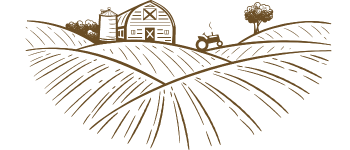
Get creative, but protect yourself
Private equity and blended finance firms are not regulated in the same ways as traditional banks and agricultural credit unions. And because creative financing terms are tailored to fit each situation, there can be extra room for bad actors to take advantage of unsuspecting farmers and ranchers. Unfortunately, there are stories of coyotes ripping people off out there. It is especially important to review all documents carefully and have an attorney or independent financial advisor review them as well.
Questions to ask include:
• At all phases of the partnership, who has the right to sell access, use or service rights, including carbon credits, energy leases or easements and hunting access?
• How is decision-making assigned at all phases?
• Does the agreement include any escalation or penalty clauses for performance metrics that may be out of the farmer’s control (for instance, are you protected from performance penalties in the case of wildfire or other natural disaster)?
• Does the agreement structure preclude your ability to secure insurance at competitive rates or participate in government cost-share or grant programs in any way?
Many government and non-profit solutions have focused on so-called “beginning farmers and ranchers,” leaving lifelong ranchers from within the community like Vaughan and Owens underserved by land access programs.
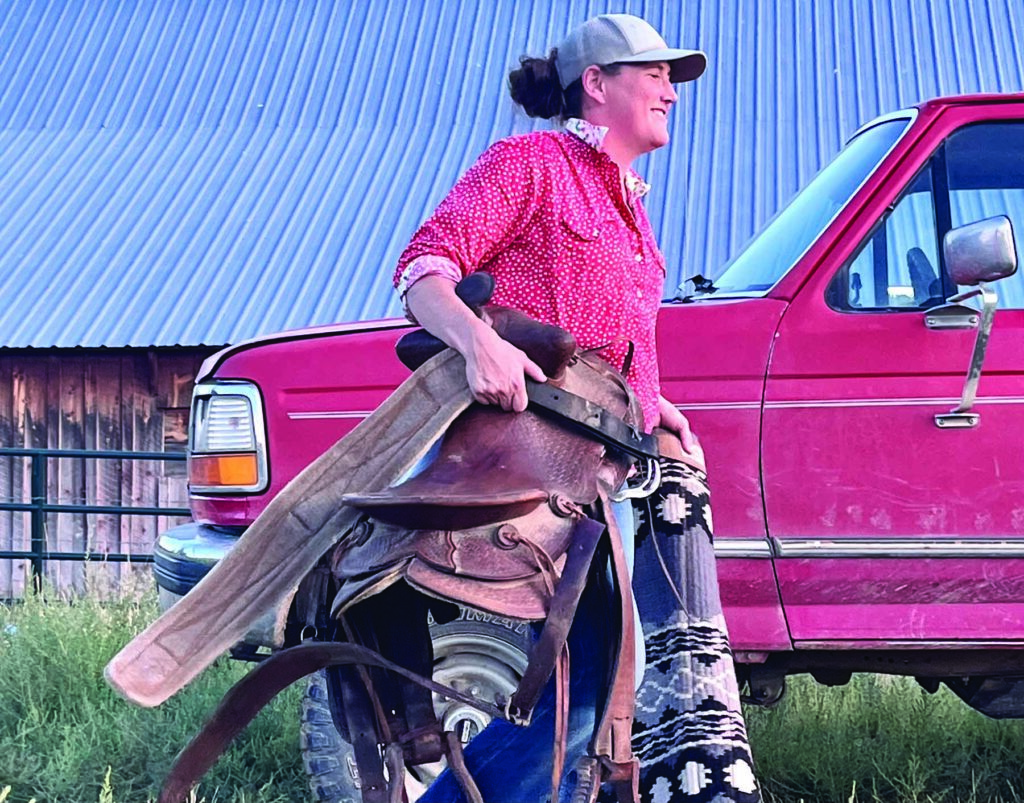
“It makes a tight situation even worse.”
Zakharov recognizes that most producers want to do right by the land: they want to manage their land and livestock without feeling forced to focus only on dollars and cents. Access to the resources that Dirt Capital Partners offers allows producers to balance their commitment to the land with financial requirements for survival. That’s an incredibly unique, and increasingly necessary, approach as recent reports from groups like the Rockefeller Foundation and the Yale Center for Business and the Environment point out.
As the Yale report, titled “Bridging the Regenerative Agriculture Financing Gap,” notes, about 60% of U.S. agricultural land is managed by owner-operators, and farm owner-operators are nearly 60 years old on average. Much of this farm and ranch land will be experiencing an ownership transition in the near future. The authors, most agricultural economists and the USDA, agree that the future of farming in the U.S. will largely be shaped by how this land transition unfolds. Will farms and ranches be sold to aspiring owner-operators willing to invest in a regenerative model of production, or will the 20th century trend of extraction, consolidation and corporatization continue? The Yale authors write, “Unfortunately, the financial systems that play an essential role in supporting transitioning farmers remain woefully deficient.”
Owens’ good friend and fellow northeast Oregon rancher Kim Kerns brings the challenge home. “Even for those of us who have experienced the successful passing of a ranch to the next generation, it is more common that the original ranch is divided during succession, and every time you split a ranch it becomes less profitable as an agricultural operation,” she notes. “With the generational changes that are happening, it makes a tight situation even worse.”
Kerns points out that land values in Oregon, as across the West, have skyrocketed in recent years, but that “the land appreciation doesn’t take into consideration the productivity of the land.” When land is sold out of agriculture, Kerns says, “It’s not supporting habitat or livestock, and it’s not giving back to the community. That’s a loss for everyone.”
Meanwhile, many government and non-profit solutions have focused on so-called “beginning farmers and ranchers,” leaving lifelong ranchers from within the community like Vaughan and Owens underserved by land access programs while being perhaps the most likely to succeed. In Owens’ words, “We still can’t do it (without help). The cost of land is too great and land appreciation is too high.” In addition to high land costs, high interest rates and input costs are compounding the challenges. Climate change is increasing risk in agriculture while making investments in resilience, at the farm and community scale, all the more critical.
That’s where finance partners like Dirt Capital come in. They are well-positioned to deliver the support and capital that skilled farmers and ranchers need to build a resilient foundation for a regenerative transition. As Owens says, “Dirt Capital is giving us a foothold to build and expand from. I want to manage for the good of the land and livestock and not worry about jeopardizing our survival. We still have to tackle challenges, but we have more stability, support and security overall.”
While they are often well-intentioned, absentee owners also may underestimate how much it takes to maintain a ranch property, and chronic neglect can eventually render the land unsuitable
for agricultural production.
“Supporting the community is crucial to its survival”
Vaughan and Owens could have relocated across the country to somewhere ranch land was cheaper. But that is not how they are wired. They wanted to, as Owens says, “raise our boys in the lifestyle we grew up with,” on the wide-open spaces of eastern Oregon’s sagebrush steppe. When pressed, Owens acknowledges a desire to make a stand against a shift in both the land management and the demographics of her valley in her lifetime. Most new buyers, Owens says, are people who are wealthy enough to purchase Oregon’s high-priced land without needing to make a living off it. They don’t live there full-time or keep it in agricultural production. “(Absentee owners) often aren’t involved or invested in the community,” she says. “We are involved in the community and support our neighbors because supporting the community is crucial to its survival.”
For example, when someone purchases a property as a retirement or recreation destination, they don’t typically bring a young family to town. Owens remembers when there were 10-15 kids per grade at the local school in Hereford; now there is often only one child per grade. While they are often well-intentioned, absentee owners also may underestimate how much it takes to maintain a ranch property, and chronic neglect can eventually render the land unsuitable for agricultural production. State funding for schools, roads, hospitals and other critical infrastructure is often dependent on formulas that count year-round residents, school-age children or other demographics that don’t fit the second-home buyer. The impact on the local economy of the loss of jobs, tax revenue and production can be significant. Just as significant is the steady fraying of the ties of mutual aid and the resilient neighborly network they had created.
Vaughan’s and Owens’ experience securing their home ranch near Hereford suggests another path for the West. Rural communities comprised of producers with an ownership stake, committed to investing in their home landscapes to maintain their health and resilience: this is a vision for a regenerative future shared by Mike Vaughan and Jackie Owens and thousands of farmers and ranchers like them, along with many of the regenerative agriculture investors looking to “bridge the financing gap.” If our goal for the future of the West is thriving rural communities, we need individual owner-operators to thrive, not just survive. In the coming decade, that could hinge on whether land access solutions can meet the needs of that transition.
A growing trend

Private finance focused on regenerative agriculture is still a small niche, but it’s expanded in recent years. For more on this model and the other firms that are moving it forward, see Bottom Lines.
Featured Photo: Jackie Owens holds her youngest, six-month-old James, while placing a halter on Bud the horse. Three-year-old Daniel is ready for a ride. Mike Vaughan (left) chats with Jeff Kerns by the side-by-side in the background. Photos courtesy of Kim Kerns.
All Photos by: Kim Kerns
Sorry, the comment form is closed at this time.



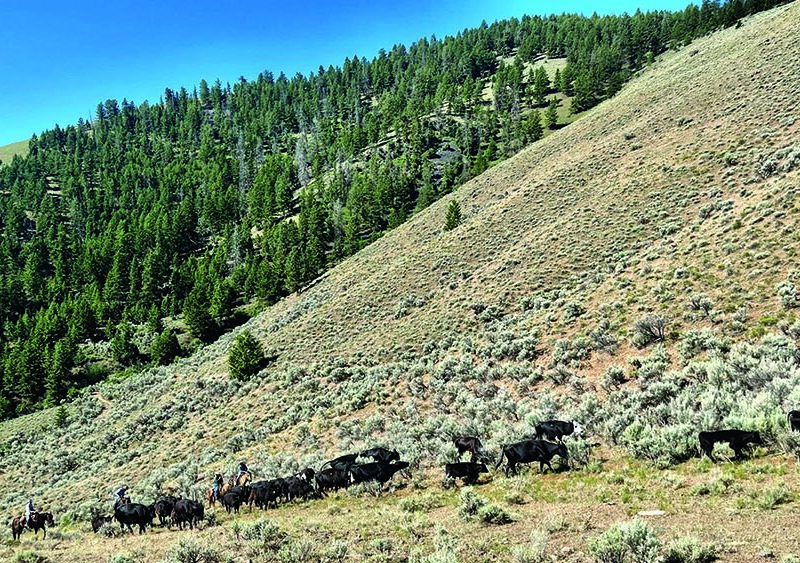
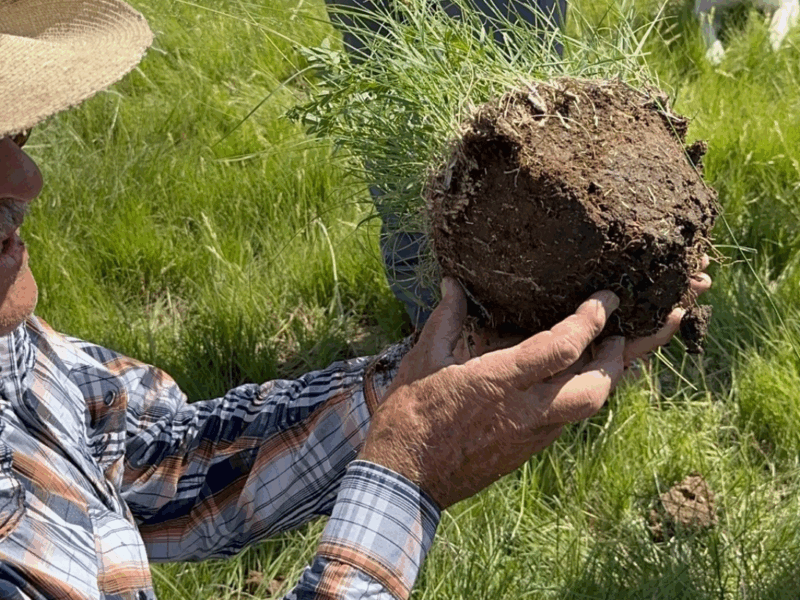
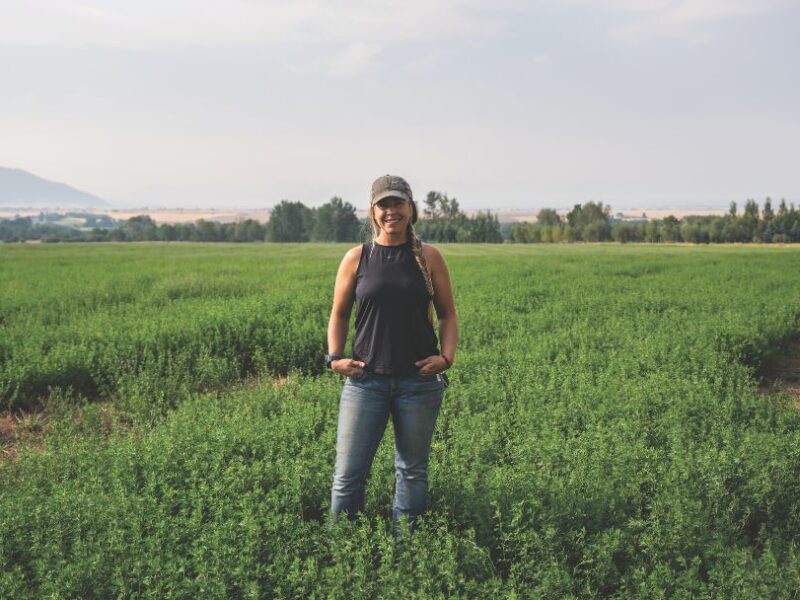
Gary Andrews
Excellent article!